Meditation is experienced by many people as a pleasant addition and a time-out from hectic everyday life. Meditating gives you strength, calms you down and solidifies you inwardly – because regardless of how exactly you meditate, conscious contemplation has measurable positive effects on your emotional world. Stress, anxiety and other negative emotions are reduced, while social bonds are strengthened. 1] Reason enough to try meditation yourself! In this article of our series “Meditation for Beginners” we will show you how to create your first meditation exercise.
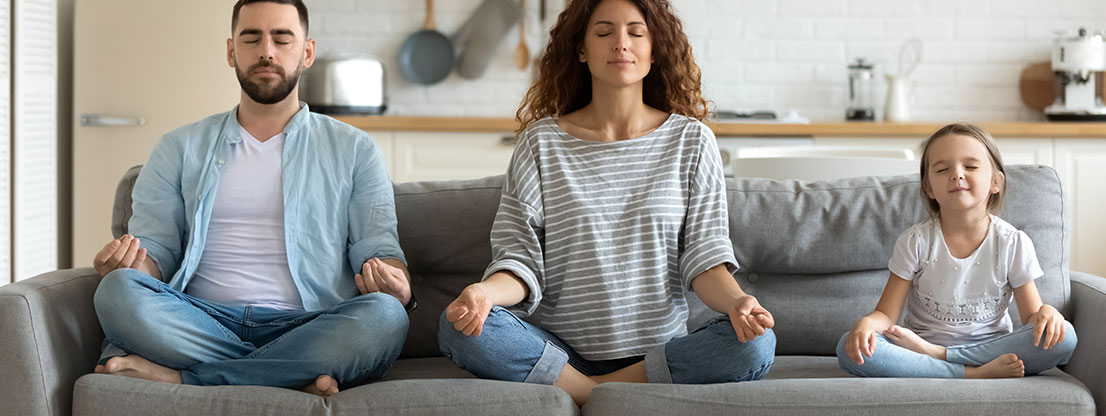
Meditate correctly – First steps
Learning meditation is not difficult at all. Many types of meditation have a common core: by concentrating on one thing, you leave everything else behind and thus distance yourself from other thoughts. There are many different approaches: From observing your breathing, to exploring your feelings or sensory impressions, to immersing yourself in your environment or in a so-called mantra, there are many ways to meditate. [2] If you want to meditate properly, you do not need expensive equipment or a pilgrimage to a remote mountain monastery – everything you need is already available.

The appropriate environment
For your first meditations you should choose a quiet place where you feel comfortable. Create a pleasant atmosphere. This includes not being disturbed – a ringing mobile phone or a noisy television in the room next door will only distract you from your meditation unintentionally. Ask your family or flatmates to be quiet for a few minutes and mute your smartphone.
Loosen your clothes so that nothing nips or pinches. You should also loosen your belt so that you can breathe freely and easily into your stomach.
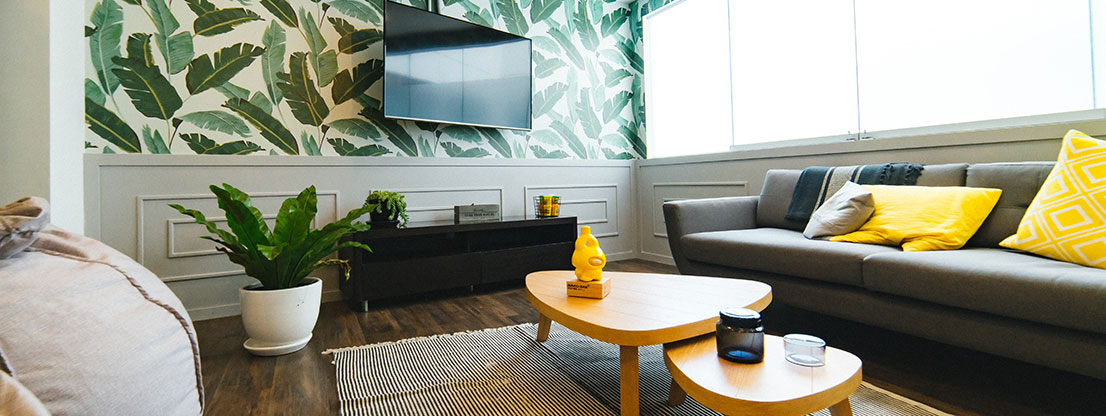
The right posture
When you think of meditation, images of people in lotus position may come to your mind. This posture is strenuous for beginners and fortunately it is not necessary for a meditation for beginners. Sit or lie down comfortably on a not too soft surface. Choose a position that you can maintain for a long time with as little effort as possible. For example, you can lie on a yoga mat or a blanket that you have laid on the floor with your feet upright.
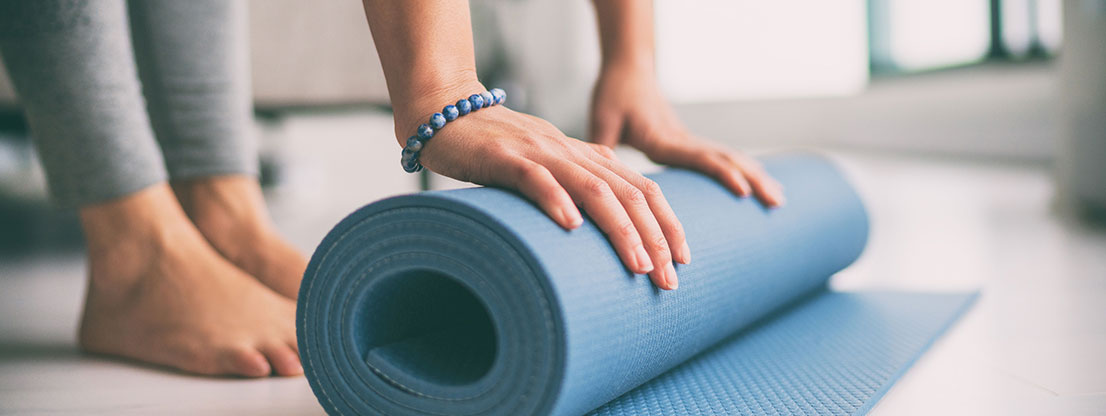
If you prefer a sitting position for meditation, sit on a chair that is not too hard, so that you do not lean on it or only with your lower back. Your feet should be about one foot wide apart and your lower and upper thighs should form a right angle. Place your hands loosely in your lap or on your thighs. If you notice during meditation that you let your shoulders hang or tense up, slowly and consciously straighten up again. During the exercise, each of your movements should be done carefully so that you are not pulled out of your rest and concentration. You can close your eyes or let them stay still at a point in front of you. [3]
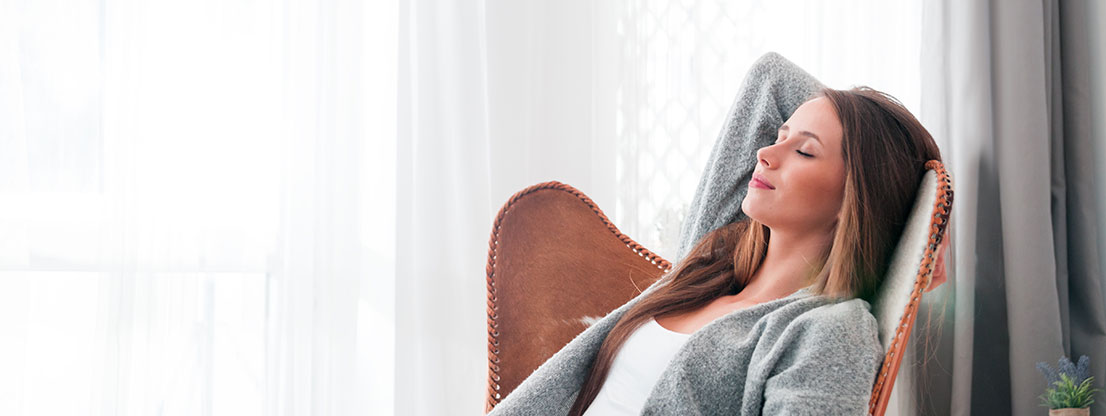
Meditations for beginners – Set yourself goals
In the beginning you should consider for what purpose you are meditating at this moment. For example, do you want to be more attentive to yourself and your environment or are you looking for a meditation to fall asleep? Some people meditate in the morning to start the day stronger and more balanced. Or they want to tackle a difficult task in a focused way.
With the numerous varieties of meditation it does not seem so easy at first sight to find the right one for you. Because which method feels best for you personally is also a matter of type. But don’t worry, they can all do you good. Just try out different meditations and see what happens to you. Will you feel more balanced afterwards? More energetic? Did you find it easier to concentrate than with another meditation exercise? Over time you will find out what works best for you and learn the most effective meditation for you.
For a start, we will introduce you to three simple techniques that you can try out.
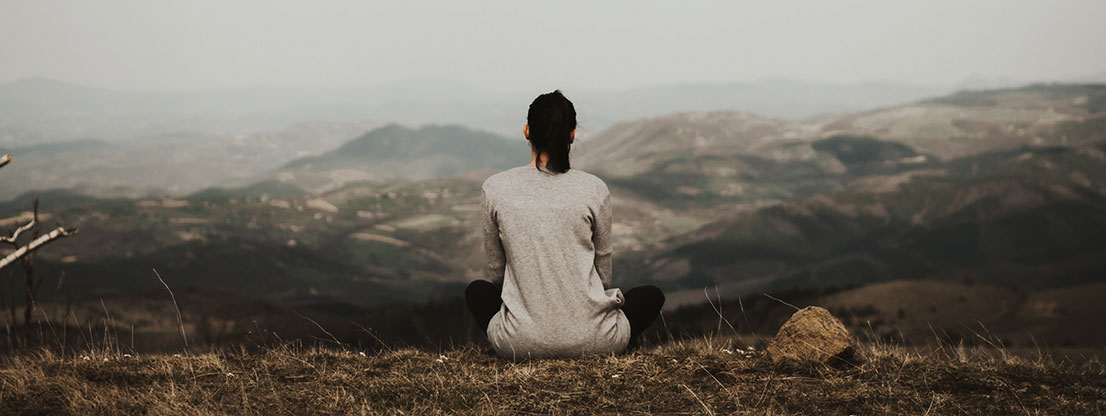
Meditation for more focus: Mantra Meditation
As described in the beginning, you often concentrate on one thing when meditating. In mantra meditation this is a word or a sentence of your choice. Pick a word that feels good and positive to you, for example “peace”, “love” or “peace”. It is also possible to choose words without content from two or three good sounding syllables.
Take up your chosen meditation posture. Breathe in and out deeply a few times at the beginning. Then you start to explore the word: Say it quietly a few times. Imagine it in your mind, listen to its sound as your lips send it on its journey. The more you repeat it, the calmer and more relaxed you will become. After the meditation you can consciously start to move again. Stretch yourself a little and return slowly and with new strength to the everyday world. [4]
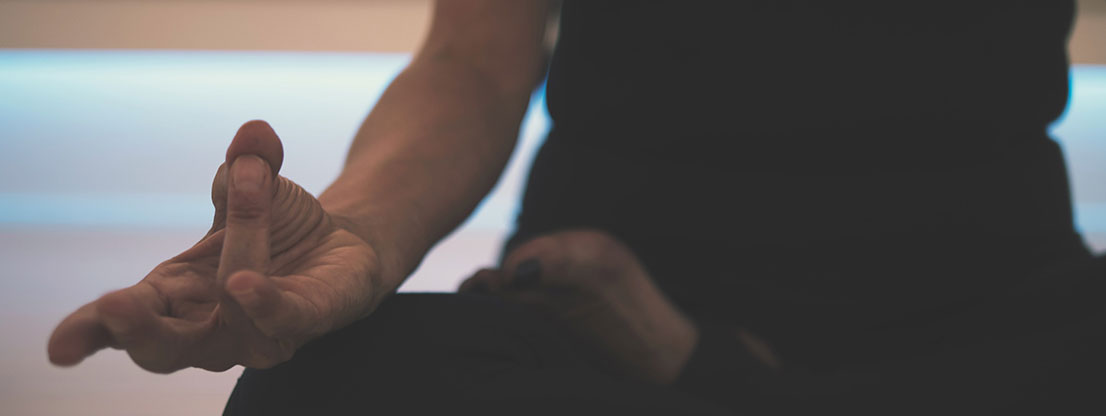
Minute of Mindfulness: Meditating in the morning
Sometimes we find it difficult to look forward to the coming day in the morning. We are sleepy and just want to bury ourselves in the pillows while the world demands that we finally get up and “do something”. In such moments it helps if you consciously take the time you can just lie down: as a minute of mindfulness. After this short meditation for beginners you start the day relaxed and fresh.
Lie down comfortably. Feel how you lie in the soft bed and how good the cosy warmth does you good. Breathe in and out deeply, let yourself drift. Then observe your thoughts consciously and benevolently while you continue to breathe in a relaxed manner. If you like, you can listen to quiet music. On our YouTube channel we publish every week a new mindfulness minute for meditating in the morning. Link to the YouTube channel.
After this energising, conscious start to the day, you return to your rebellion ritual refreshed and tidy. Stretch out, sit on the edge of the bed and let your back hang out relaxed. Now the day can begin.
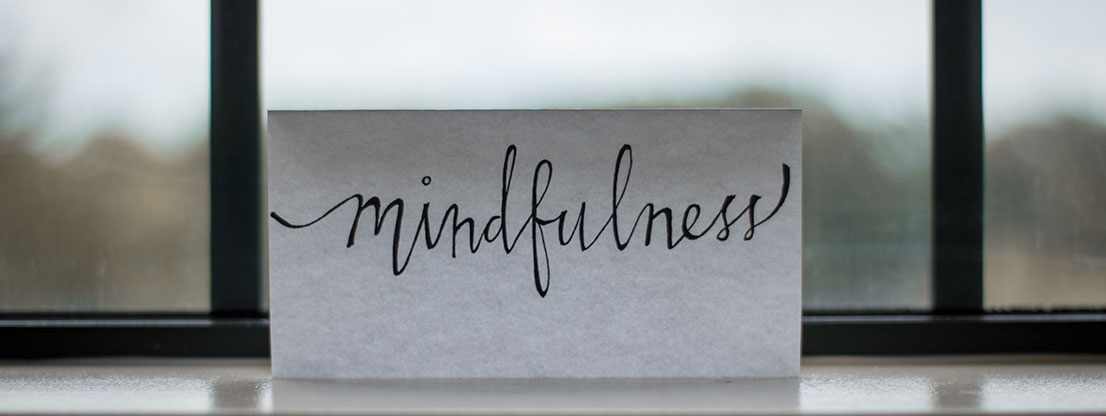
Meditation to fall asleep: Breath observation
Just like waking up, you can also learn meditation to sleep better. If you want to use meditation to fall asleep, you should of course choose a lying position. Relax your body and breathe deeply in and out a few times. Concentrate on how your breath is sucked in at the nostrils and how it escapes. Observe how deep you breathe and how the air you let flow through your lungs and stomach feels. Notice consciously how after each breath a little silence arises. When your thoughts drift away, just bring them back gently and firmly to your breath. [2]
The longer you lie down and observe your breathing, the more relaxed and calm you will feel. This way you can slow down your carousel of thoughts before you go to bed – an ideal meditation for falling asleep.
With the techniques presented here you can meditate properly even as a beginner. As soon as you have found out which meditation suits you best, you can practice more meditation methods that go in this direction. For example, did breathing meditation do you good? In our article “Meditation for beginners: 4 breathing techniques for relaxation” you will find more meditations that focus on your breathing.
Sources
[1] Sedlmeier, Peter: Meditation und Wissenschaft in: Forschung & Lehre, 9/2016. https://www.forschung-und-lehre.de/forschung/meditation-und-wissenschaft-194/
[2] Hartmann, Corinna: Die Entschleunigung des Atems in: Spektrum Psychologie, 4/2019. https://www.spektrum.de/news/die-entschleunigung-des-atems/1636754
[3] Techniker Krankenkasse: Atementspannung. Die richtige Haltung. Datum des Zugriffs: 27.10.2020. https://www.tk.de/audio/TK-Atementspannung-05-Die-richtige-Haltung.mp3
[4] Techniker Krankenkasse: Meditationsübungen (2/4). Datum des Zugriffs: 27.10.2020. https://www.tk.de/techniker/magazin/life-balance/aktiv-entspannen/meditationsuebungen-2007100

